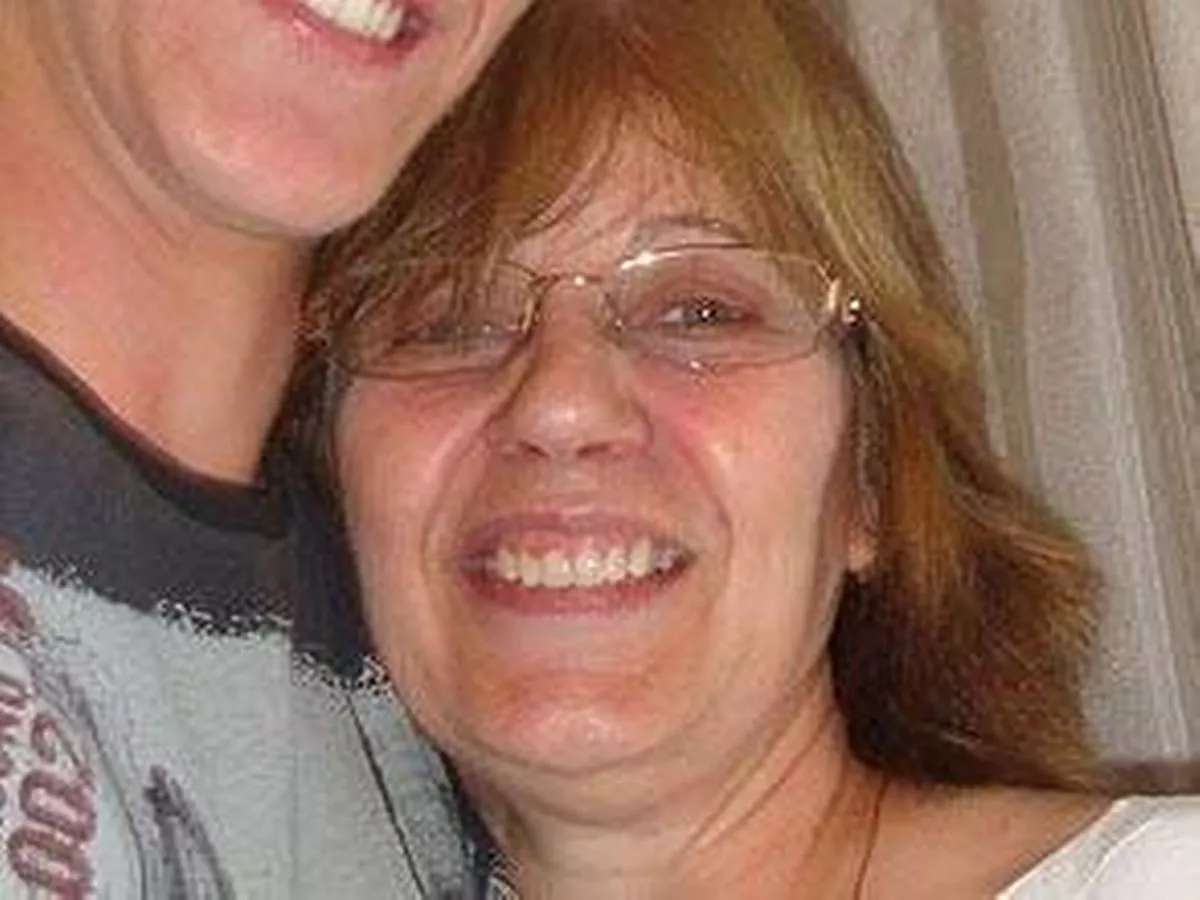By Maria Leticia Gomes
Copyright dailyrecord

When the body of 54-year-old Geralda Lúcia Ferraz Guabiraba was discovered near a roadside landmark in Mairiporã city in January 2012, it was difficult to imagine anything other than a grim scenario. The housewife, married to a commercial director at Grupo Estado, was found in the early hours of January 14, laid out in a cruciform position next to the Pedra da Macumba, a location long linked with religious offerings and hushed tales of sinister rituals. Her eyes were gone, her face had been stripped of skin and muscle, and a deep wound marked her neck. To many, it appeared to be a ritualistic killing. The Pedra da Macumba itself only added to this perception. Located just off kilometre 8 of the Estrada da Santa Inês, the entrance to the nearby Trovão farm was frequently strewn with bottles, shattered glass, remnants of fruit, candles, flowers, animal parts, and other items used in Afro-Brazilian religious practices. Local residents described the place as eerie. “We feel something different when we pass by here,” said Oscar José Siqueira, 53, who lived close by and was one of the first to discover Geralda’s body, reports the Mirror . On that fateful January night, witnesses reported seeing Geralda’s car on the road. A local shopkeeper informed the police that he saw a burly man behind the wheel around 1.30am, followed by another vehicle. This disturbing detail seemed to hint at abduction. Geralda’s personal computer was seized for investigation after it was discovered that two days prior to her death, someone had searched online for chumbinho – a powerful rat poison often misused in suicides. Initially, however, forensic analysis suggested a different cause of death. The first post-mortem examination ruled out suicide and animal activity, concluding that Geralda had been killed with a sharp instrument. Her neck wound and bruising on her back indicated she may have been hit while kneeling. With her body found next to a site associated with mysticism, early theories ranged from ritual murder, revenge, or even the possibility that she had been tricked into going there. The case was passed to the Departamento de Homicídios e Proteção à Pessoa (DHPP), who interviewed Geralda’s husband, son-in-law, and other family members. They also confiscated her computer and phone, and examined items from her home for additional clues. Despite the unsettling state of the body, detectives struggled to find evidence linking anyone to her death. No enemies, no conflicts, no apparent motive. Over time, alternative explanations surfaced. Geralda’s neurologist informed investigators that she had been struggling with severe depression, and three months before her death was already “totally propense to commit suicide.” On the day she left home alone, she took with her a container that police later connected to the ingestion of poison. Toxicology tests confirmed the suspicion – her blood contained lethal levels of chumbinho. The amount was described as more than sufficient to cause death. This discovery reframed the most shocking details of the scene. The missing eyes and facial damage were not deliberate mutilations, the final report concluded, but the result of scavenging by wild rats after death. The strange positioning of her body was accidental. The supposed signs of a ritual killing were in fact tragic coincidences of circumstance and decomposition. The second post-mortem contradicted the first examiner’s view that a sharp weapon had been used, and determined there was no evidence of a violent struggle. After two and a half years of inquiries, the DHPP publicly ruled out homicide. “All possibilities of finding some adversary, some person who could have done this to her, were exhaustively explored. There is no doubt it was a suicide,” said delegate Rui Antonio Karan Filho when the findings were released. The courts accepted the conclusion, and the case was formally archived. By then, though, the damage had been done in the court of public opinion. The symbolism of the Pedra da Macumba, the disturbing state of Geralda’s body, and the long gap before the case was closed had already entrenched the story as one of São Paulo’s most unsettling modern mysteries.